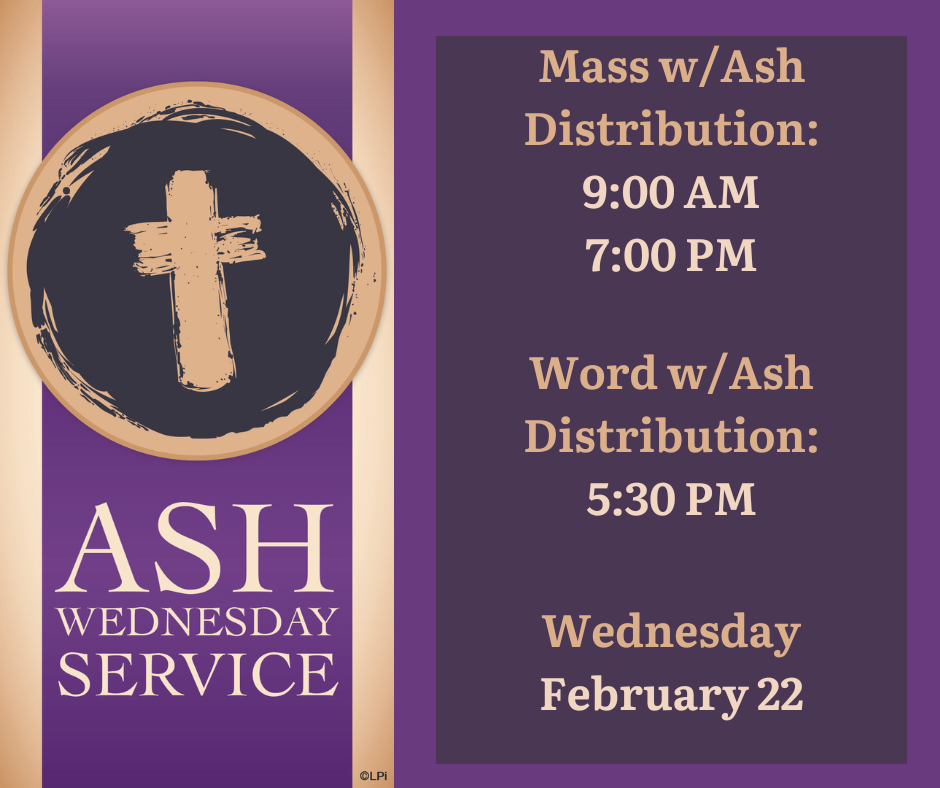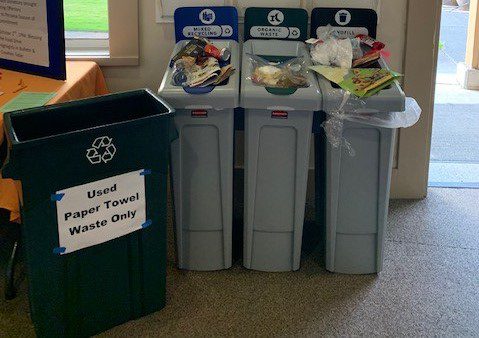Dance Party!
Come on over to the McMullen Center on Friday night, February 17th at 6 pm for a fun, two-hour, energy packed Dance Night. Invite your friends and bring your family for a chance to dance away the stress of the week and get to know your SJTB community! DJ Christine Martincic will provide music of many styles and will teach a simple Latin dance. Light snacks will be provided. Free! Please register on our Google Form






